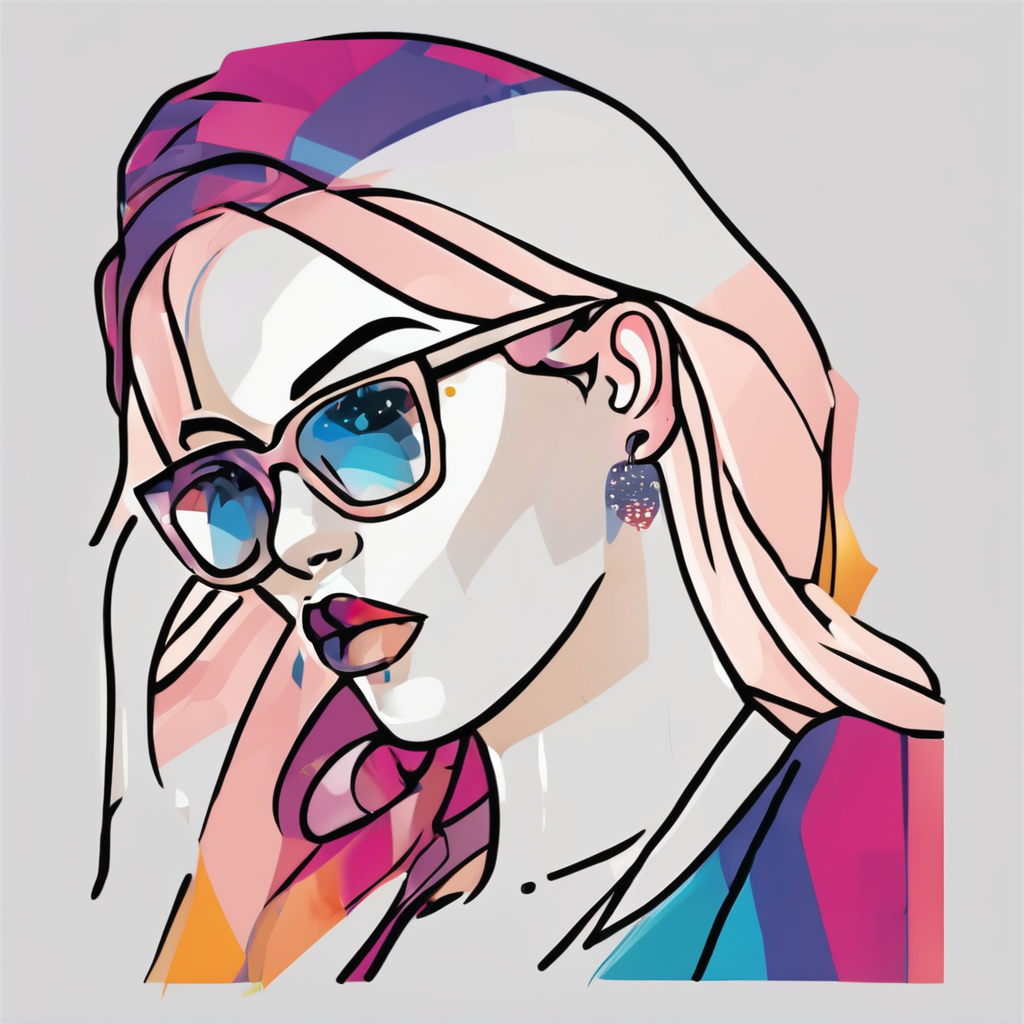Unconventional Silhouettes and Experimental Clothing Shapes
In avant-garde design, unique women’s fashion silhouettes are pushing boundaries by embracing unconventional cuts that challenge traditional garment structures. Designers are crafting shapes that float, fold, or sculpt the body differently than mainstream fashion, offering new ways to experience clothing.
Recent runway shows have showcased innovative garment shapes such as asymmetrical draping, exaggerated volume, and unexpected fabric layering. These designs often obscure or restructure the female form rather than emphasize classic curves, creating a theatrical and thought-provoking effect. For example, oversized shoulders or cocoon-like dresses reshape the silhouette, making the wearer part of a wearable artwork.
Topic to read : How Can Emerging UK Women’s Fashion Brands Set Themselves Apart in a Competitive Market?
This deliberate departure from conventional cuts not only highlights artistic expression but also questions beauty standards embedded in fashion. Unlike the familiar hourglass or slim-fit styles, avant-garde design invites wearers to engage with clothing as an evolving form—one that surprises and reinvents. By redefining the female silhouette, these garments open up broader conversations on identity and aesthetics through shape innovation in women’s fashion.
Gender Fluidity and Androgynous Aesthetics
Exploring how fashion breaks traditional gender molds
Also to see : What Are the Must-Have Accessories for Every UK Fashion-Forward Woman?
The surge of genderless fashion has reshaped how designers approach their collections. Clothing lines now emphasize versatility, creating pieces that fit all identities rather than adhering strictly to men’s or women’s categories. This shift encourages wearing styles that prioritize comfort and self-expression over conformity.
Androgynous trends are more visible than ever, with brands and influencers promoting looks that blend traditionally masculine and feminine elements. These boundary-pushing styles often feature neutral cuts, minimalist designs, and colors outside conventional palettes, inviting wearers to experiment without labels.
This movement profoundly influences women’s fashion identity. Many embrace non-binary expression to break free from limitations imposed by gender expectations, allowing personal style to reflect individuality rather than societal norms. Public perception follows suit, increasingly accepting the fluidity of gender and redefining beauty standards through these evolving aesthetics.
Such designs foster inclusivity and freedom, signaling a broader cultural shift towards embracing diversity. The evolution of genderless fashion opens doors for everyone to explore fashion as a statement of identity beyond gender, empowering consumers to express authenticity boldly.
Upcycling and DIY-Inspired Statement Pieces
In sustainable fashion, upcycled clothing has surged as a creative and eco-friendly alternative to mass production. Consumers increasingly seek one-of-a-kind garments that showcase personality and reduce waste. This drive has propelled DIY fashion trends into the spotlight, with techniques like patchwork, fabric mashups, and visible repairs becoming signature elements.
These micro-trends highlight a blend of craftsmanship and environmental consciousness. For example, patchwork combines fabric scraps in deliberate, artistic arrangements, transforming remnants into visually compelling statements. Similarly, visible repairs celebrate the garment’s history, turning mending into an aesthetic rather than a flaw.
Notable designers and artists have embraced this movement, integrating upcycled clothing components into their collections. By doing so, they challenge conventional beauty standards and encourage consumers to appreciate uniqueness and longevity in their wardrobes. This fusion of sustainability and style not only cuts down on textile waste but also fosters a personal connection between the wearer and the garment.
Incorporating upcycled pieces into one’s wardrobe aligns with the broader movement towards responsible consumption. By mixing DIY fashion trends and sustainable fashion, individuals contribute to a circular fashion economy that values creativity and conscious choices.
Tech-Infused and Futuristic Fabrics
Exploring the cutting-edge of high-tech women’s fashion
Techwear is redefining style with the infusion of technology into fabric innovations. Modern textiles now include LED threads, reflective materials, and smart finishes that respond to environmental changes. These advancements not only elevate aesthetics but enhance functionality—think garments that glow softly in the dark or change color with temperature shifts.
Leading fashion houses on recent runways showcased collections featuring innovative textiles like conductive fabrics embedded with miniaturized electronics. This allows for interactive elements such as lighting effects synchronized with movement. Designers harness these tech-enhanced fabrics to create dynamic, eye-catching silhouettes that challenge traditional ideas of clothing.
Such futuristic fabrics inspire women’s high-tech fashion by merging practicality with bold expression. Day-to-day outfits embrace these elements by integrating reflective panels for visibility or subtle LED trims for standout details. This shift illustrates a growing desire for clothing that blends style, performance, and innovation seamlessly.
By incorporating these materials, techwear transcends mere fashion trends, offering wearable technology that is both functional and forward-looking. This progression empowers consumers to explore new ways of self-expression while benefiting from advanced fabric technology.
Maximalism, Clashing Patterns and Bold Layering
Maximalist fashion embraces bold layering trends by combining overlapping patterns and unexpected fabric combinations. Unlike minimalist styles that focus on simplicity and subtlety, maximalism thrives on abundance and visual impact. Eclectic styling becomes a playground where floral prints meet geometric shapes, and velvet contrasts with metallic fabrics, creating vibrant, textured outfits.
This unapologetic aesthetic is fueled by fashion influencers and stylists who champion expressive looks without fear of clashing elements. Accessories are exaggerated, adding striking finishing touches that elevate each ensemble. This approach encourages mixing colors, textures, and bold statement pieces that defy traditional coordination rules.
Compared to mainstream layering, which often prioritizes practicality and muted tones, maximalist layering is adventurous and experimental. It challenges the norm by blending styles and eras, resulting in unique, personalized outfits. Whether combining oversized coats over sequined dresses or layering patterned scarves, maximalist fashion invites freedom and creativity, making a powerful style statement.


